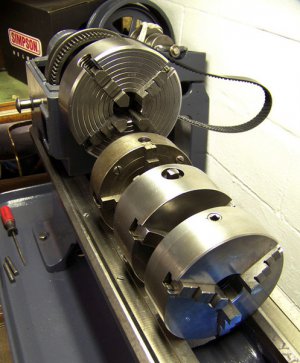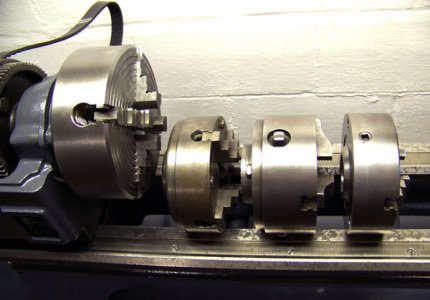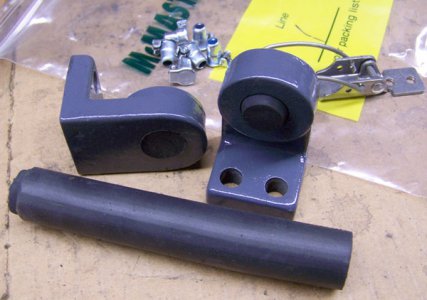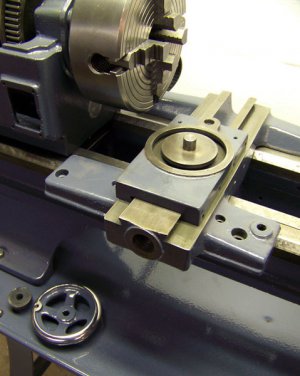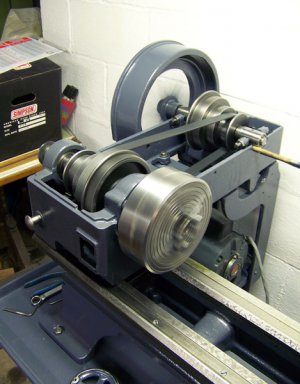I purchased a bushing from Logan Actuator, thinking they would be a molded urethane. When I got one, it was actually a black, relatively hard plastic which had been machined on a lathe. The old bushings were rather soft, and allowed the motor stand to vibrate quite a bit. I installed the one I purchased, as well as another plastic one I made myself, and between the two, the lathe runs much quieter.
A side note.....the reason I only bought 1 bushing was a mistake on my part. Looking at the picture on Logan Actuators' site, it showed 2 bushings so you could see both front and side views, so seeing two in the picture, I thought ordering a quantity of 1 would get me 1 set. Not so. If I would have read the fine print, it stated it was for a quantity of 1 piece.
A side note.....the reason I only bought 1 bushing was a mistake on my part. Looking at the picture on Logan Actuators' site, it showed 2 bushings so you could see both front and side views, so seeing two in the picture, I thought ordering a quantity of 1 would get me 1 set. Not so. If I would have read the fine print, it stated it was for a quantity of 1 piece.


